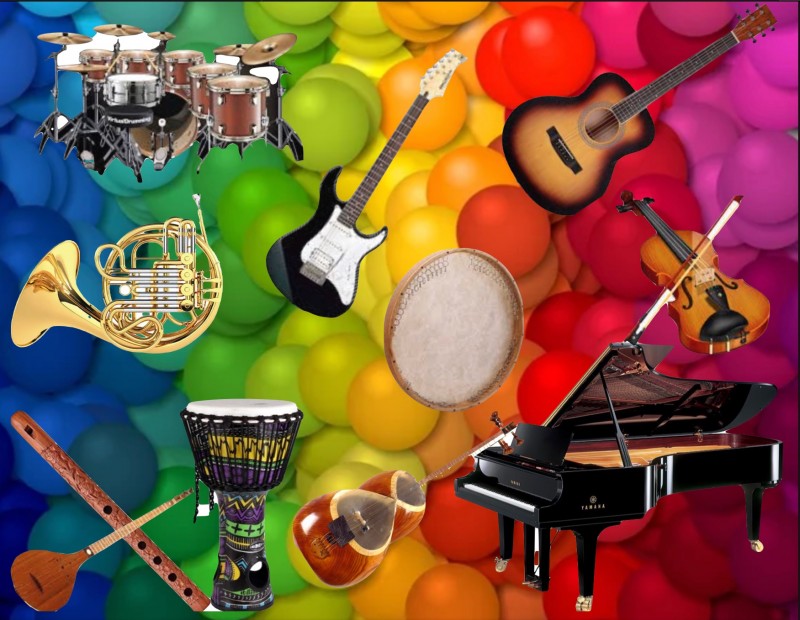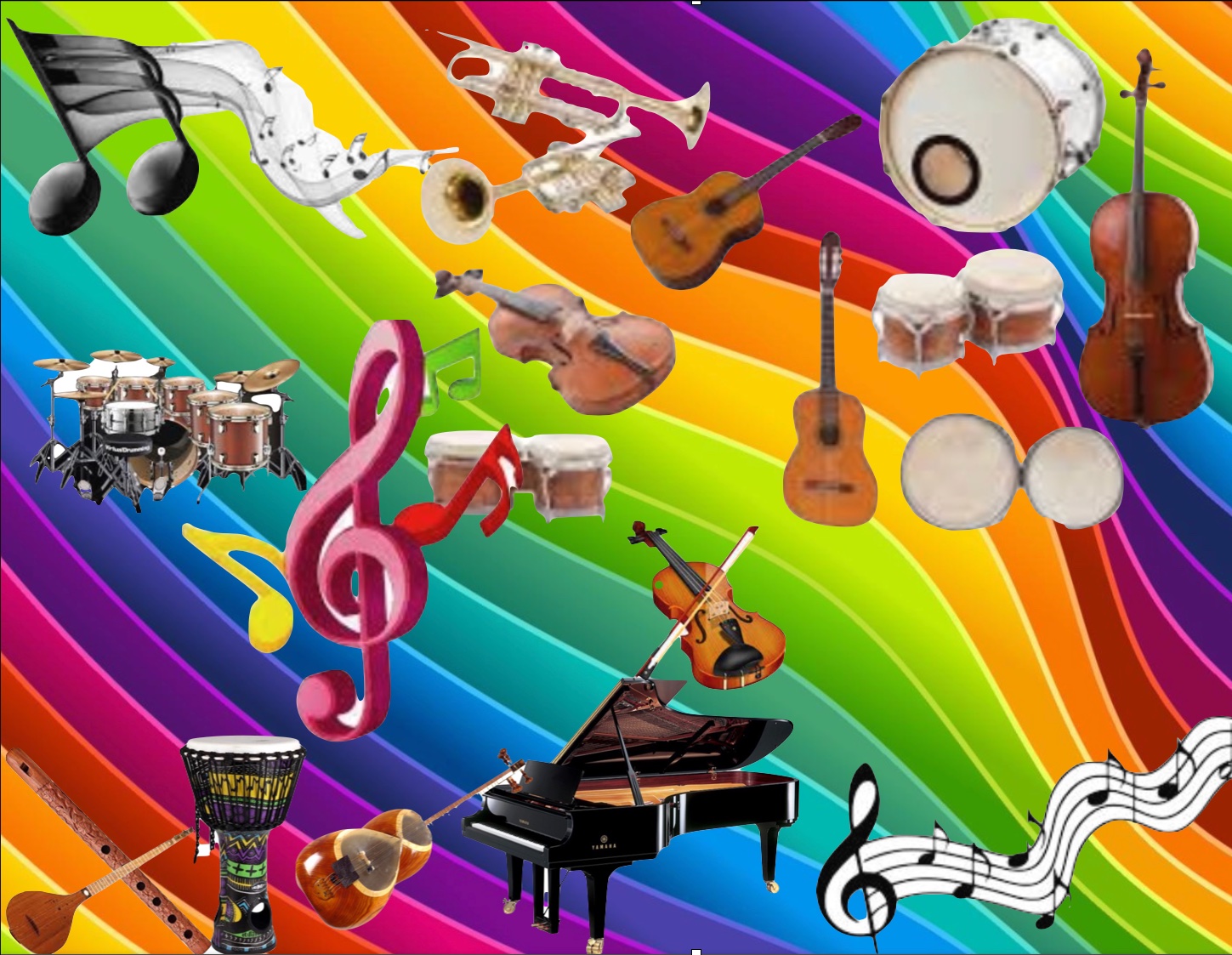

Fusion Music 2019-09-07

Fusion Music:Harmonizing Diverse Melodies into a Unique Art Form
In the ever-evolving landscape of music, genres are like threads weaving through time, connecting different cultures, eras, and musical styles. One such thread that stands out as a testament to creativity and collaboration is fusion music. Fusion music goes beyond the boundaries of traditional genres, blending various musical elements from different cultures, styles, and instruments to create a harmonious and innovative sonic experience. It is a genre that celebrates diversity, transcending borders and uniting listeners through its unique sound.
The Genesis of Fusion: Cultural Exchange and Experimentation
The roots of fusion music can be traced back to ancient times when cultures interacted and exchanged musical ideas along trade routes and through conquests. However, the modern concept of fusion music began to take shape in the mid-20th century as globalization and technological advancements allowed musicians from different parts of the world to easily collaborate and share their musical heritage.
Jazz was one of the earliest genres to embrace fusion. Musicians like Miles Davis and John Coltrane started incorporating elements of rock, funk, and world music into their compositions, giving birth to the subgenre known as jazz fusion. This blend of improvisational jazz with the rhythms and melodies of other genres laid the foundation for the fusion movement.
A Kaleidoscope of Sounds: Diversity in Fusion
One of the most captivating aspects of fusion music is its diversity. It's not confined by a specific formula or set of rules; rather, it's an open canvas where musicians can paint their unique sonic tapestries. Fusion artists often draw inspiration from genres as varied as classical, electronic, folk, and traditional music from around the world. This diversity is not limited to just instruments and melodies but extends to rhythm patterns, scales, and even the cultural contexts that inspire the music.
Collaboration and Cross-Cultural Connections
Fusion music is a celebration of collaboration. It encourages artists to collaborate across boundaries, creating a platform for mutual learning and appreciation. Musicians from different backgrounds come together, each bringing their own musical vocabulary to the table. This synergy can lead to the creation of sounds that are both familiar and refreshingly novel, allowing listeners to embark on a
journey of discovery with every track.

Challenges and Criticisms
While fusion music is celebrated for its innovation and cultural exchange, it's not without its challenges and criticisms. Purists from various genres might argue that fusion dilutes the essence of traditional music, leading to a loss of authenticity. Additionally, finding the right balance between different musical elements can be a complex task, and not all fusion experiments yield successful results.
The Modern Landscape and Future Possibilities
In the digital age, fusion music has flourished. The accessibility of music production tools and the ease of sharing music online have enabled artists to experiment more freely and connect with a global audience. Online platforms have become virtual melting pots where musicians from around the world can collaborate without being limited by geographical constraints.
As we look to the future, fusion music holds immense potential. As our world becomes more interconnected, the possibilities for blending diverse musical traditions and styles are endless. Fusion music could become a driving force for cultural exchange, fostering a deeper understanding and appreciation of different societies.
In Conclusion
Fusion music stands as a testament to the boundless creativity of human expression. It takes the building blocks of various musical traditions and assembles them into something new and exciting. By embracing the differences that make us unique, fusion music paves the way for a harmonious convergence of cultures, sounds, and ideas. It challenges us to open our ears and hearts to the beauty that can arise when we break down the barriers between musical genres and create something that truly resonates with the essence of our shared humanity.
